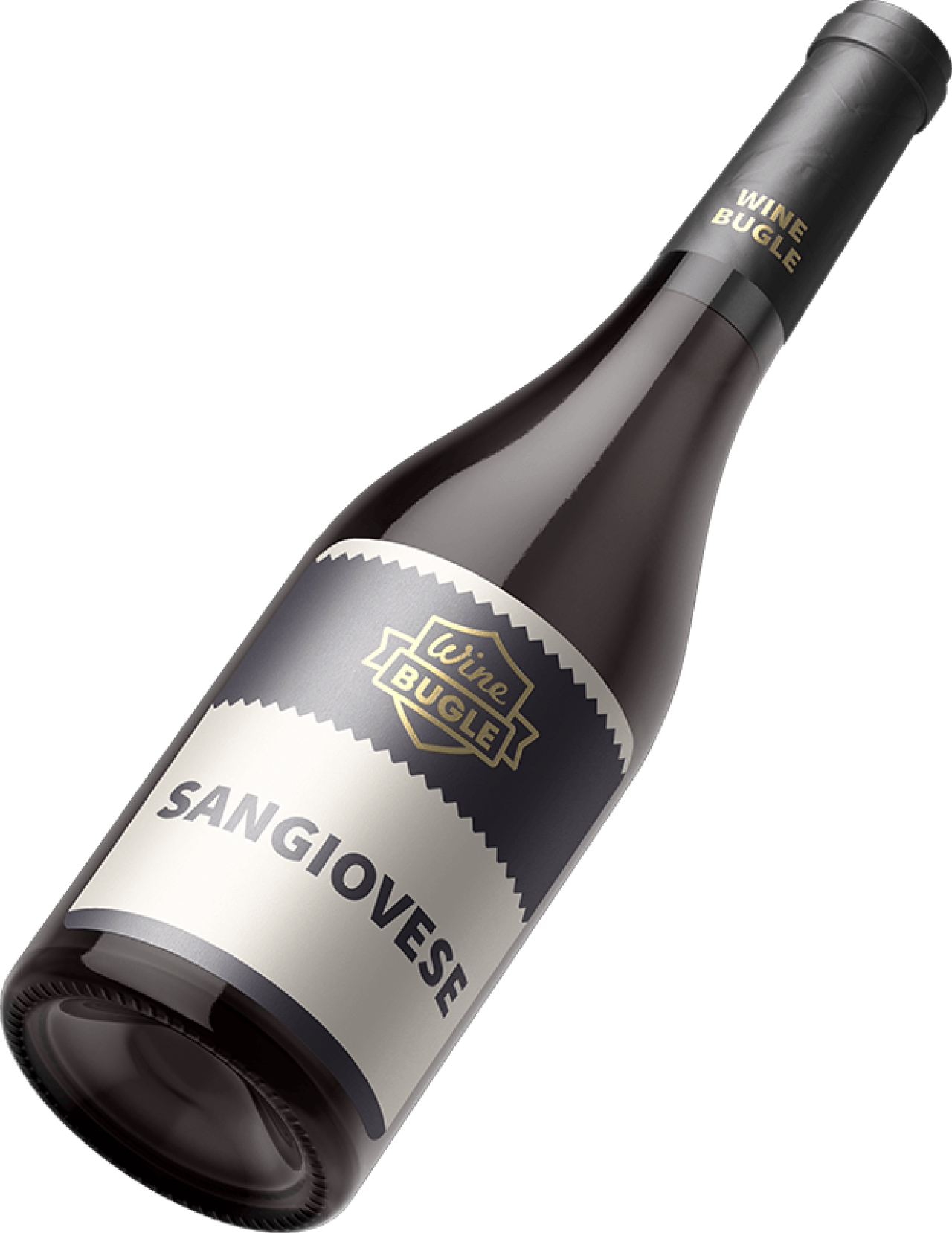Origins of Sangiovese grape
Sangiovese is a red grape of great importance and the most cultivated in Italy, with over 70,000 hectares. It seems that it was already known to the Etruscans and spread to central Italy following their trade routes.
Legend has it that its name derives from "Sanguis Iovis," meaning the blood of Jupiter. It was a Capuchin monk of the convent of Sant'Arcangelo di Romagna, near Mount Giove, to give it this name during a banquet in honor of Pope Leo XII.
Despite its wide diffusion in central Italy, modern genetics has revealed that the origins are to be sought further south, probably between Campania and Calabria. The grape probably derives from a cross between the Calabrese di Montenuovo and the better known Ciliegiolo.
If well cultivated, with low yields and dense plants, it can produce perfectly balanced red wines with refined, floral aromas. It is vinified both alone and in a blend.
Where it is grown
Sangiovese is widely cultivated in central Italy. It is a late-ripening variety and prefers hilly areas and calcareous sediments, but does not like too cold temperatures and stagnant water.
In Tuscany, where it produces some of the most prestigious Italian wines, it is also called Sangioveto, Brunello, Morellino and Prugnol. But its famous Tuscan wines are better known by the name of the territory from which they come: Chianti, Montalcino, Montepulciano. Emilia Romagna is the second largest region of Sangiovese vines, extending over the entire hilly area and some plain strips under the DOC Romagna Sangiovese. Here, the Sangiovese wines show substantial differences from the Tuscan ones. They are mainly young and fresh wines, fragrant and approachable.
It is also grown in Corsica, where it is known by the name of Nielluccio and where it offers excellent red and rosé wines.
Naturally, the notoriety of Tuscan wines and the Italian emigration to almost every corner of the planet have brought Sangiovese abroad, especially in California, Argentina and Australia.
Flavor and style
Sangiovese has some organoleptic characteristics that make it quite recognizable.
First of all, its delicate bouquet of violet, cherry, iris, rose, black cherry, peony, blackberry, plum and tomato accompanied by a good freshness, then tea, caper, thyme, truffle, mushrooms, marjoram, musk, undergrowth, fern. When aged in a cask, the wine takes on aromas of sandalwood, tobacco, coffee, and nuts.
The tannins of Sangiovese are powerful but with a silky texture. The floral and fruity flavors tend to enhance its marked acidity. Usually, Sangiovese produces warm wines, with good body but never too round. The color is ruby up to four to five years and then tends towards garnet.
In the Riserva versions, the wine is more full-bodied, mature and complex, enriched by balsamic, toasted and undergrowth notes.
Sangiovese food pairings
The classic combination of Sangiovese is with red meats, but it can also go well with guinea fowl or roast rabbit.
Generally speaking, young wines go well with short-cooked meats (grilled) and first courses with meat sauce and tasty fish, such as grilled mackerel or stewed cod. On the other hand, the Riserva wines go well with roasts and stews and Tuscan pecorino cheese.
